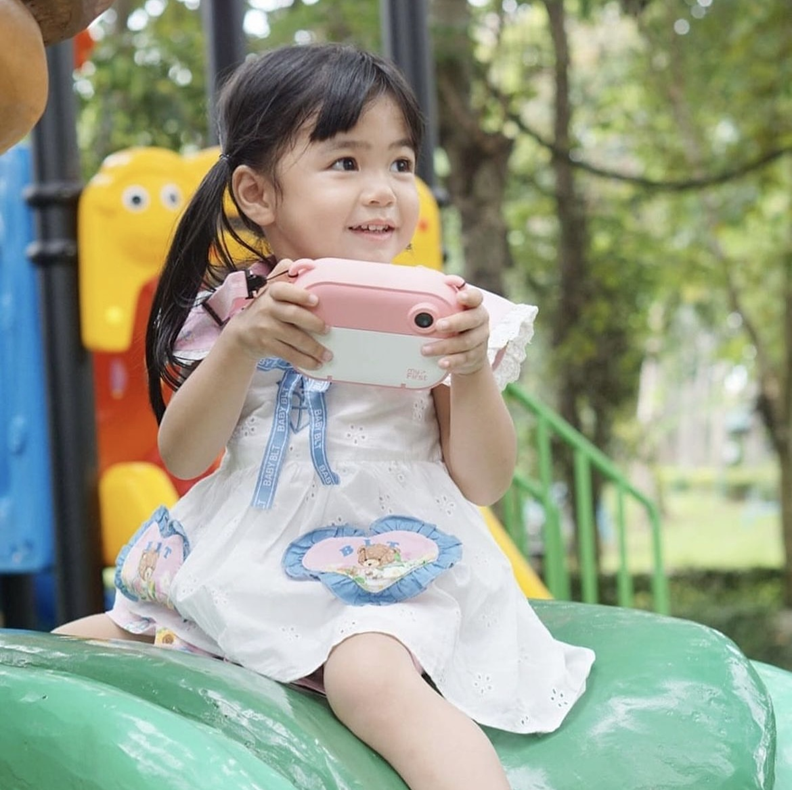
According to Internet Matters' 2024 Children's Wellbeing in a Digital World report, parental anxiety over children's screen time has reached unprecedented levels. A staggering 63% of parents now believe their kids' online activities negatively impact their health.
Common Sense Media reports that children aged 5–8 spend nearly three hours daily using screen-based technologies. With 98% of kids living in homes containing at least one mobile device, digital exposure has become virtually unavoidable for the modern child.
Singapore-based technology company myFirst has positioned itself at the center of this growing crisis, developing a method that does not merely restrict screen time but fundamentally reimagines how children interact with technology.
Founded in 2017, myFirst has rapidly expanded to serve over one million families across 36 countries with kids' technology products that balance entertainment, education, and safety.
Engineering Digital Nutrition Among Kids
Examination of myFirst's product specifications reveals a fundamentally different philosophy from most children's tech manufacturers. Rather than simply creating colorful versions of adult devices or implementing basic parental controls, the company has engineered what might be described as "digital nutrition," an outlook focusing on the quality of engagement over the quantity of use.
"When we design products for children, we're thinking beyond screen time limits to actual developmental benefits," says G-Jay Yong, founder of myFirst. "The question isn't just how long kids use technology, but whether that technology supports their cognitive, social, and emotional development."
The company's smartwatch line highlights this philosophy. While conventional children's smartwatches essentially miniaturize smartphone functionality, myFirst's Fone R2 eliminates addictive elements like games and open web browsers. Instead, it focuses on communication tools, organization features, and physical activity tracking.
Beyond Restriction: Prevention Through Design
Exploring myFirst's design process reveals how engineering decisions directly address specific health concerns associated with technology use. The company's best-selling CareBuds earbuds cap volume at 85dB maximum, which is the same threshold recommended by the World Health Organization to prevent noise-induced hearing loss.
This feature anticipates and prevents a common oversight among children using adult devices, where volume levels can reach harmful levels above 100dB.
Similarly, myFirst's Fone R2 kids smart watch incorporates a custom "Focus Mode" that silences notifications during school hours while maintaining emergency communication channels. This feature addresses classroom disruption concerns without completely severing the safety connection between parent and child.
What makes these features noteworthy is their preventative perspective. Rather than requiring parents to monitor and restrict usage, which can constantly create potential conflict, the technology is designed to naturally guide healthy habits among children.
Acknowledging Challenges and Limitations
Despite myFirst's innovation in kids' technology, Yong recognizes the work still needed to guarantee that technology impacts overall screen time patterns, especially when kids still have access to multiple devices in most households.
The founder mentions, "myFirst's technology is one component of a larger solution that must include parental guidance, clear boundaries, and non-digital alternatives. We're not claiming to solve the entire problem of excessive screen time, but rather to create kids' technology that works with parents and complements children."
myFirst's method offers a compelling alternative to the choice between unrestricted access and complete prohibition. The company challenges the industry to reconsider how products for young users are conceived and created by embedding well-being considerations into the fundamental design of children's technology.
ⓒ 2025 TECHTIMES.com All rights reserved. Do not reproduce without permission.




